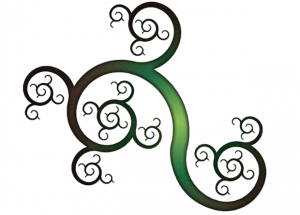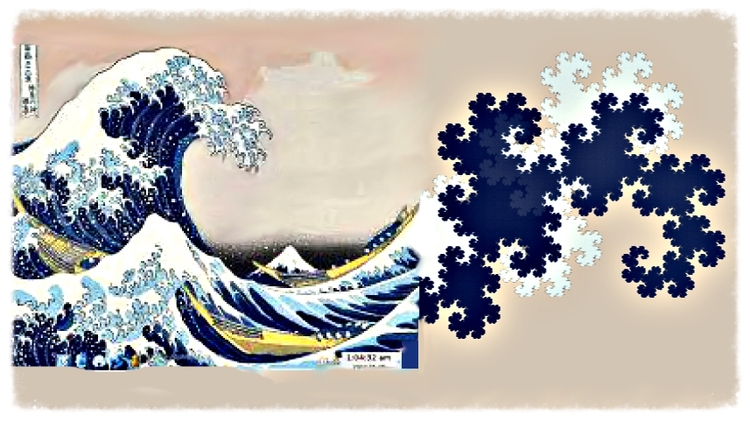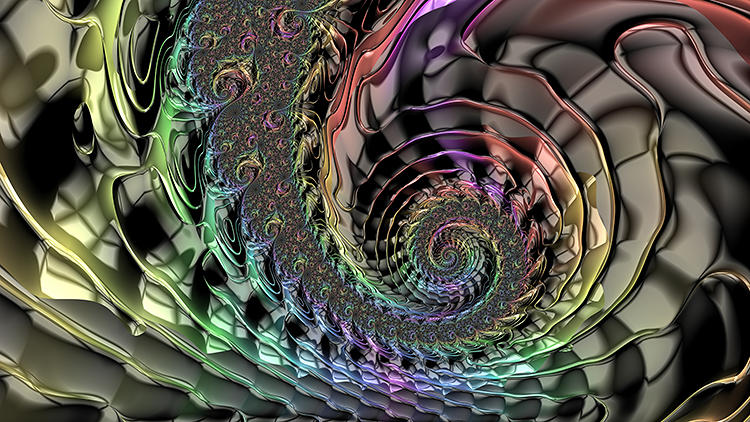How to Fold a Julia Fractal by Steven Wittens.
From the post:
Mathematics has a dirty little secret. Okay, so maybe it’s not so dirty. But neither is it little. It goes as follows:
Everything in mathematics is a choice.
You’d think otherwise, going through the modern day mathematics curriculum. Each theorem and proof is provided, each formula bundled with convenient exercises to apply it to. A long ladder of subjects is set out before you, and you’re told to climb, climb, climb, with the promise of a payoff at the end. “You’ll need this stuff in real life!”, they say, oblivious to the enormity of this lie, to the fact that most of the educated population walks around with “vague memories of math class and clear memories of hating it.”
Rarely is it made obvious that all of these things are entirely optional—that mathematics is the art of making choices so you can discover what the consequences are. That algebra, calculus, geometry are just words we invented to group the most interesting choices together, to identify the most useful tools that came out of them. The act of mathematics is to play around, to put together ideas and see whether they go well together. Unfortunately that exploration is mostly absent from math class and we are fed pre-packaged, pre-digested math pulp instead.
…
Even if you are not interested in fractals or mathematics, this is a must read post! The graphics and design of the page have to be seen to be believed. Deeply impressive!
If you are interested in fractals or mathematics, you will be stunned by the presentation in this post.
I am going to study the techniques used on this page. I don’t know if they will work with WordPress but if they don’t, I will create HTML pages and link to them from here. Not all the time but for subjects that would benefit from it.
Steven Strogatz says in the tweet I followed to this page:
This is SO good: acko.net/blog/how-to-fo… You’ll understand imaginary & complex #’s, waves, Julia and Mandelbrot sets as never before
That is so true.
BTW, did you catch the “secret” of mathematics above?
Everything in mathematics is a choice.
Very important to remember when anyone says: “The data says/shows/proves….”
BS. The data doesn’t say anything. The data plus your choices in mathematics gives X result. Not quite the same thing as “The data says/shows/proves….”
In a data driven world, only the powerless will be unable to challenge both data and the choices applied to it.
Which do you want to be? Powerful or powerless?


